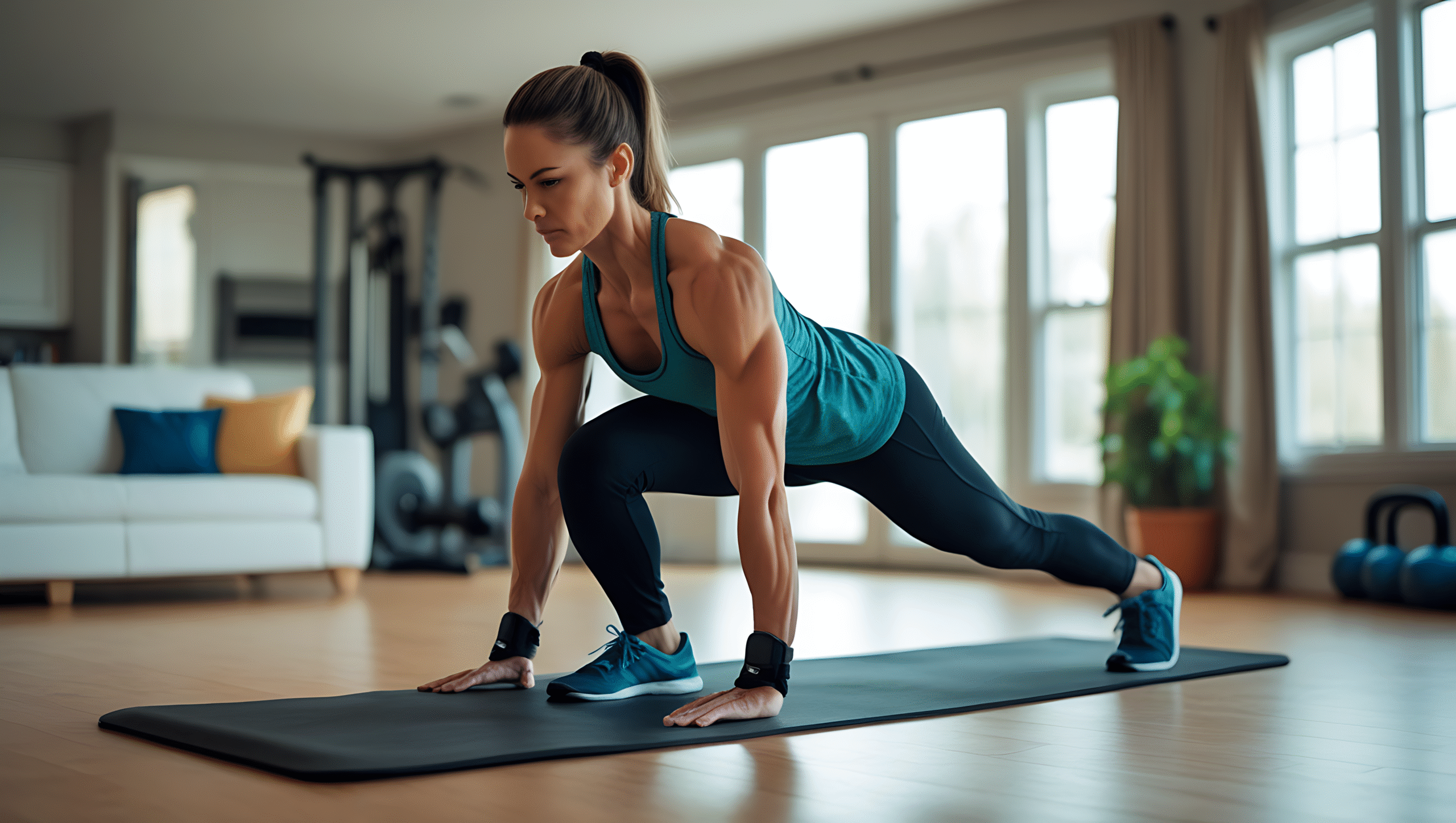 The Power of Exercise: Benefits, Types, and Tips for a Healthier Life
The Power of Exercise: Benefits, Types, and Tips for a Healthier Life
Why Exercise Matters
Physical activity offers both immediate and long-term benefits. According to the Centers for Disease Control and Prevention (CDC), regular exercise can:
- Improve cardiovascular health
- Strengthen muscles and bones
- Enhance mood and mental health
- Support weight management
- Reduce the risk of chronic diseases like type 2 diabetes, cancer, and hypertension
- Promote better sleep
- Improve cognitive function and reduce the risk of dementia in older adults
A sedentary lifestyle, on the other hand, is associated with increased risks of obesity, depression, cardiovascular disease, and early death.

Types of Exercise
There are four main types of exercise, each offering unique benefits. A balanced fitness routine should ideally include a mix of all four:
- Aerobic Exercise (Cardio)
Activities like walking, running, cycling, and swimming raise your heart rate and improve heart and lung function.
Recommendation: Aim for at least 150 minutes of moderate-intensity or 75 minutes of vigorous aerobic exercise per week. - Strength Training
Lifting weights, resistance band workouts, and bodyweight exercises (like push-ups or squats) build muscle mass and bone density.
Recommendation: Include strength training at least twice a week. - Flexibility Exercises
Stretching and yoga improve joint range of motion, posture, and reduce the risk of injury.
Recommendation: Stretch major muscle groups 2–3 times per week. - Balance Exercises
Especially important for older adults, balance exercises (like tai chi or standing on one foot) help prevent falls and maintain mobility.
Mental Health Benefits of Exercise
Exercise is not only good for the body but also for the mind. It increases the production of endorphins — chemicals in the brain that help relieve stress and trigger positive feelings. Regular physical activity has been shown to reduce symptoms of anxiety, depression, and even improve memory and focus.
In fact, the American Psychological Association notes that exercise can be as effective as medication for some individuals with mild to moderate depression.
How to Get Started
Starting an exercise routine doesn’t have to be intimidating. Here are a few tips to help you ease into it:
- Start small: Begin with 10-15 minutes a day and gradually increase your time and intensity.
- Set realistic goals: Focus on consistency over perfection.
- Choose activities you enjoy: You’re more likely to stick with something fun, whether it’s dancing, hiking, or playing a sport.
- Listen to your body: Rest when needed and avoid overtraining, especially in the beginning.
- Stay hydrated and eat well: Fuel your body properly for optimal performance and recovery.
Exercise and Aging
As we age, physical activity becomes even more critical. It helps maintain independence, prevents muscle loss, and lowers the risk of age-related diseases. Simple routines like daily walks, light strength training, and stretching can drastically improve quality of life in older adults.
Conclusion
Exercise is a cornerstone of a healthy life. Whether you’re trying to improve your physical fitness, boost your mental health, or simply feel better day to day, incorporating regular movement into your life can make a profound difference. The key is to stay consistent and find a routine that fits your lifestyle.
References






